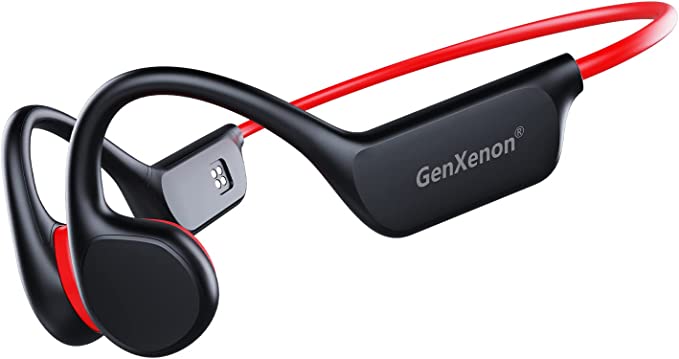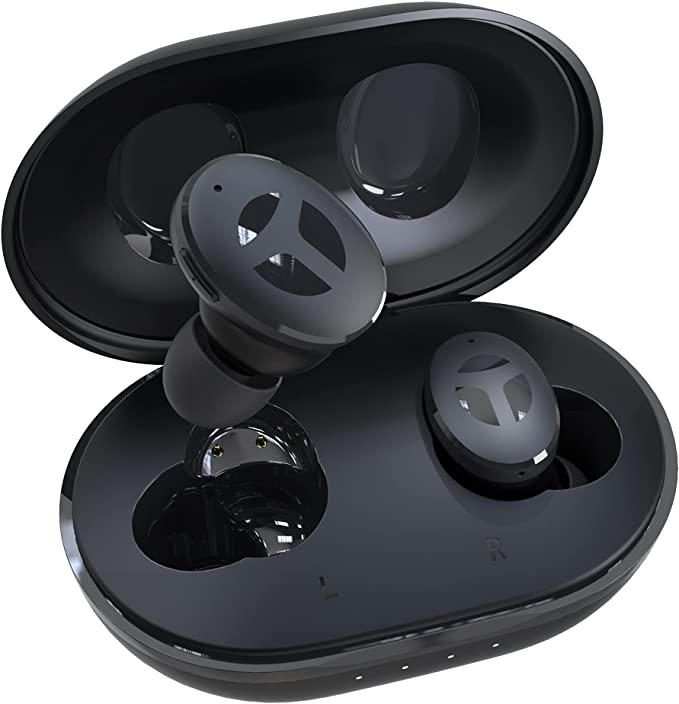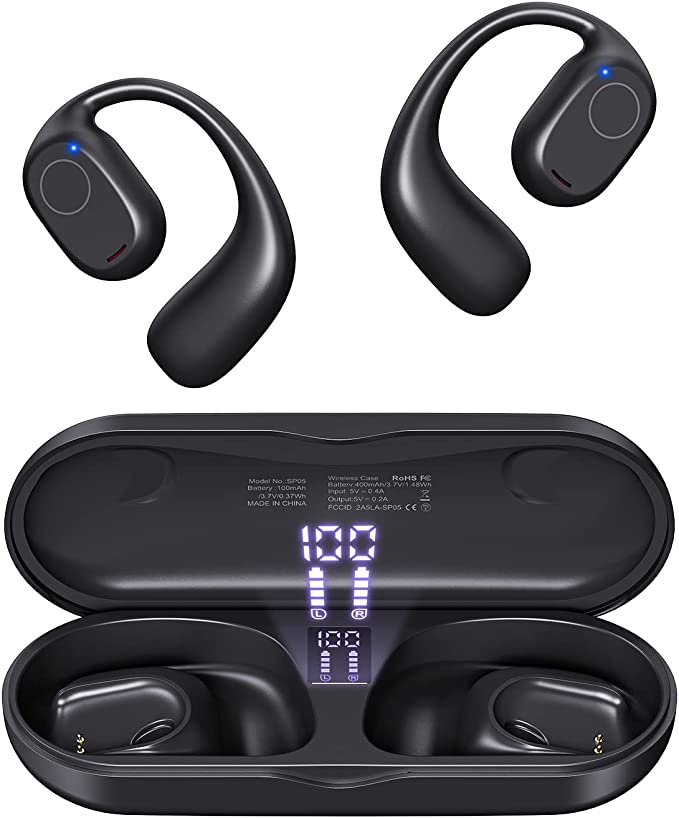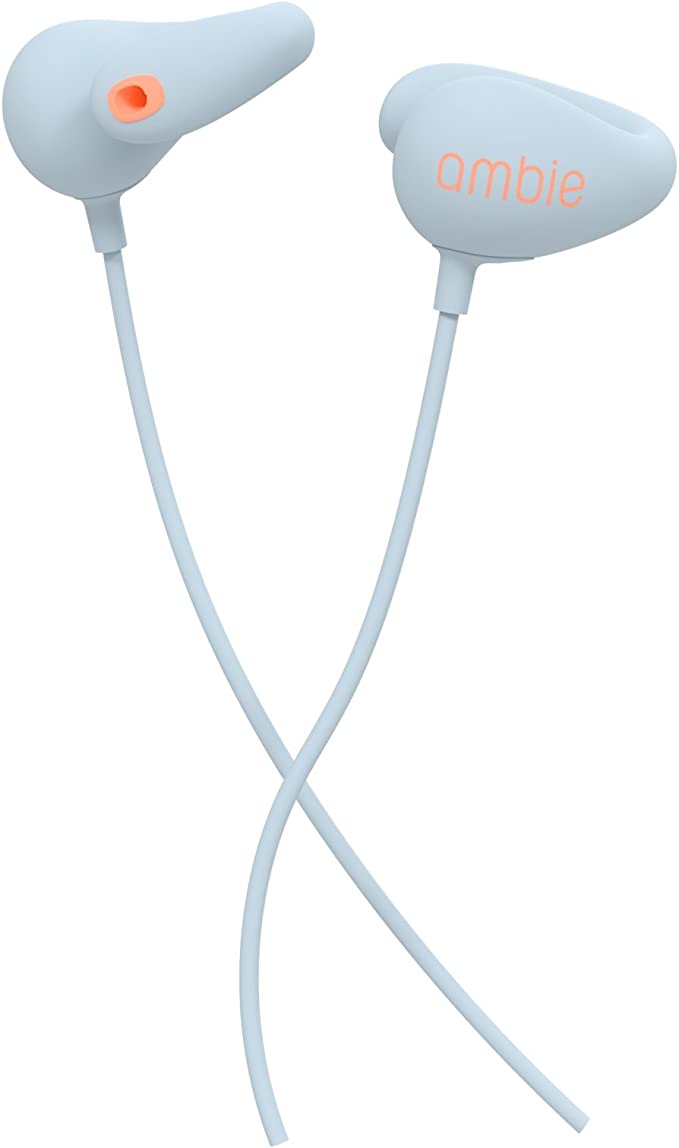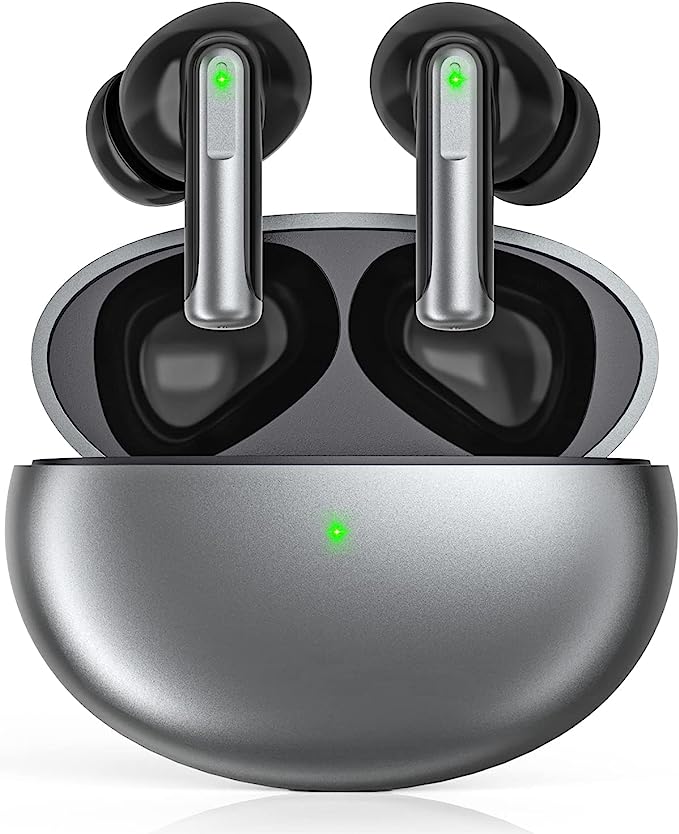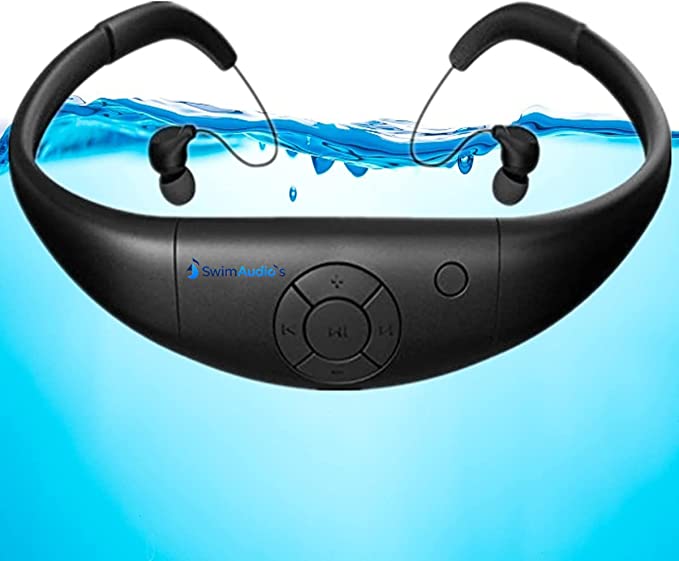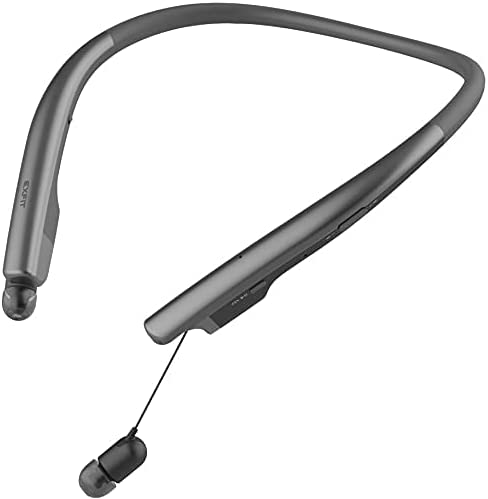What Gem Testers Won't Tell You: A Guide to Their Scientific Blind Spots
Update on Oct. 21, 2025, 1:42 p.m.
A thermal gemstone tester is a remarkable piece of technology. In a few seconds, its slender probe can touch a stone and confidently declare, “This is a diamond,” or “This is merely glass.” For anyone sorting through estate jewelry or navigating a gem show, it feels like a superpower, a pocket-sized truth detector in a world of convincing imitations. A tool like the Presidium Gem Tester II excels at this primary task, separating stones with vastly different heat-conducting properties.
But relying on this single superpower can be perilous. This device, for all its cleverness, has scientific blind spots. It sees the world in terms of heat flow, and that singular perspective, while powerful, is incomplete. It tells you a truth about the stone, but not always the whole truth. Understanding what your gem tester won’t tell you is the crucial step that separates a hobbyist from a savvy evaluator. It’s about learning to use your tool smartly, as one part of a larger investigative process.

Blind Spot 1: The Identical Twin Problem (Natural vs. Synthetic)
This is the most significant limitation, and one that trips up many users. Your thermal tester cannot differentiate between a natural gemstone and its lab-created (synthetic) counterpart.
A synthetic sapphire grown in a laboratory is, for all intents and purposes, a sapphire. It has the same chemical composition (aluminum oxide, $Al_2O_3$), the same crystal structure, the same hardness, and, crucially, the same thermal conductivity as a sapphire that was painstakingly mined from the earth. The PGT II’s probe, when it touches the synthetic stone, will accurately report the thermal properties of sapphire. The needle will swing to the “Sapphire/Ruby” zone on the dial, and it will be telling the truth. The machine has correctly identified the material, but it has no way of knowing its origin.
Think of it like this: a lab can produce H₂O that is chemically identical to water from a pristine mountain spring. A chemical test for “H₂O” would pass for both. Similarly, synthetic gems are not fakes; they are crystallographic twins of their natural counterparts, born in a lab instead of in the ground. To distinguish them, you need to look for clues of their upbringing—the subtle internal characteristics that betray their different environments of formation. This requires a gemological microscope to hunt for specific types of inclusions, growth patterns, or color zoning that are unique to either natural or synthetic stones.
Blind Spot 2: The Crowded Neighborhood (Overlapping Ranges)
The analog dial on a thermal tester is a neat, organized representation of a messy reality. While some gems have very distinct thermal signatures, many others live in crowded neighborhoods. Their thermal conductivity values are so similar that they fall within the same range on the tester’s scale.
A classic example is the zone that might indicate Topaz or Spinel. Both are beautiful, durable gemstones that come in a variety of colors. Unfortunately for the user of a thermal tester, their thermal conductivity ranges overlap. The needle might land squarely in that zone, leaving you with a question: “Is it A or B?” The tester has successfully narrowed it down from dozens of possibilities to just a few, which is incredibly useful. But it cannot give you the final, definitive answer.
To resolve this ambiguity, you need a different kind of test. This is where a refractometer becomes essential. This instrument measures a gemstone’s refractive index (RI)—the degree to which it bends light. Topaz and Spinel have distinctly different refractive indices that do not overlap. A quick test on a refractometer would instantly solve the mystery.
Blind Spot 3: The Size Barrier & The Surface Game
The physics of heat transfer requires sufficient surface area and clean contact. This leads to two practical limitations: small stones and dirty stones.
-
The Size Barrier: For very small stones (typically below 0.02 carats), a thermal tester can become unreliable. The tiny facet of the stone may not be large enough for the probe tip to make full, stable contact. Furthermore, the small body of the stone cannot act as an effective heat sink, making it difficult for the device to get a stable reading. The heat transfer dynamics are simply different on such a small scale.
-
The Surface Game: The test is entirely dependent on a clean, direct connection between the probe and the gemstone’s surface. Any layer of oil from fingerprints, dirt, or even some types of jewelry polish can act as an insulator. This insulating layer will slow down the heat transfer, tricking the machine into giving a lower reading than it should. A diamond coated in a thin film of oil might test as a lesser gemstone, or not register at all. This is why cleaning the stone thoroughly before every test is not just a recommendation; it’s a requirement for accuracy.
Opening the Detective’s Toolkit: Beyond a Single Clue
A good detective never solves a case based on a single piece of evidence. The same philosophy applies to gemology. The thermal tester provides one powerful clue: thermal conductivity. To build a confident conclusion, you must gather more evidence using other tools. The professional’s toolkit includes:
- A Gemological Microscope or 10x Loupe: This is your number one tool for distinguishing natural from synthetic by examining the gem’s interior world of inclusions.
- A Refractometer: Measures the refractive index, a primary and highly diagnostic property for identifying most gemstones.
- A Polariscope: Helps determine the optical character of a stone (singly vs. doubly refractive), which can quickly separate gems like garnet from ruby.
- Specific Gravity Testing: A method to determine the density of a gem, which is another constant and reliable identifier.

From a Single Data Point to a Confident Conclusion
Your thermal gem tester is an outstanding screening tool. It’s the street-smart detective who can instantly spot a phony or point you in the right direction. It can save you from buying glass sold as sapphire and confirm the exciting possibility that the stone in your hand is, in fact, a diamond.
But its job is to provide a lead, not a verdict. By understanding its blind spots—its inability to determine origin, its struggles with overlapping properties, and its physical dependencies— you can use it more effectively. You learn not to ask it questions it cannot answer. Instead, you take the valuable information it provides and follow up with the right tools to complete the investigation. True confidence in gemstone identification doesn’t come from a single beep or the flick of a needle; it comes from a methodical process of gathering and corroborating evidence.



